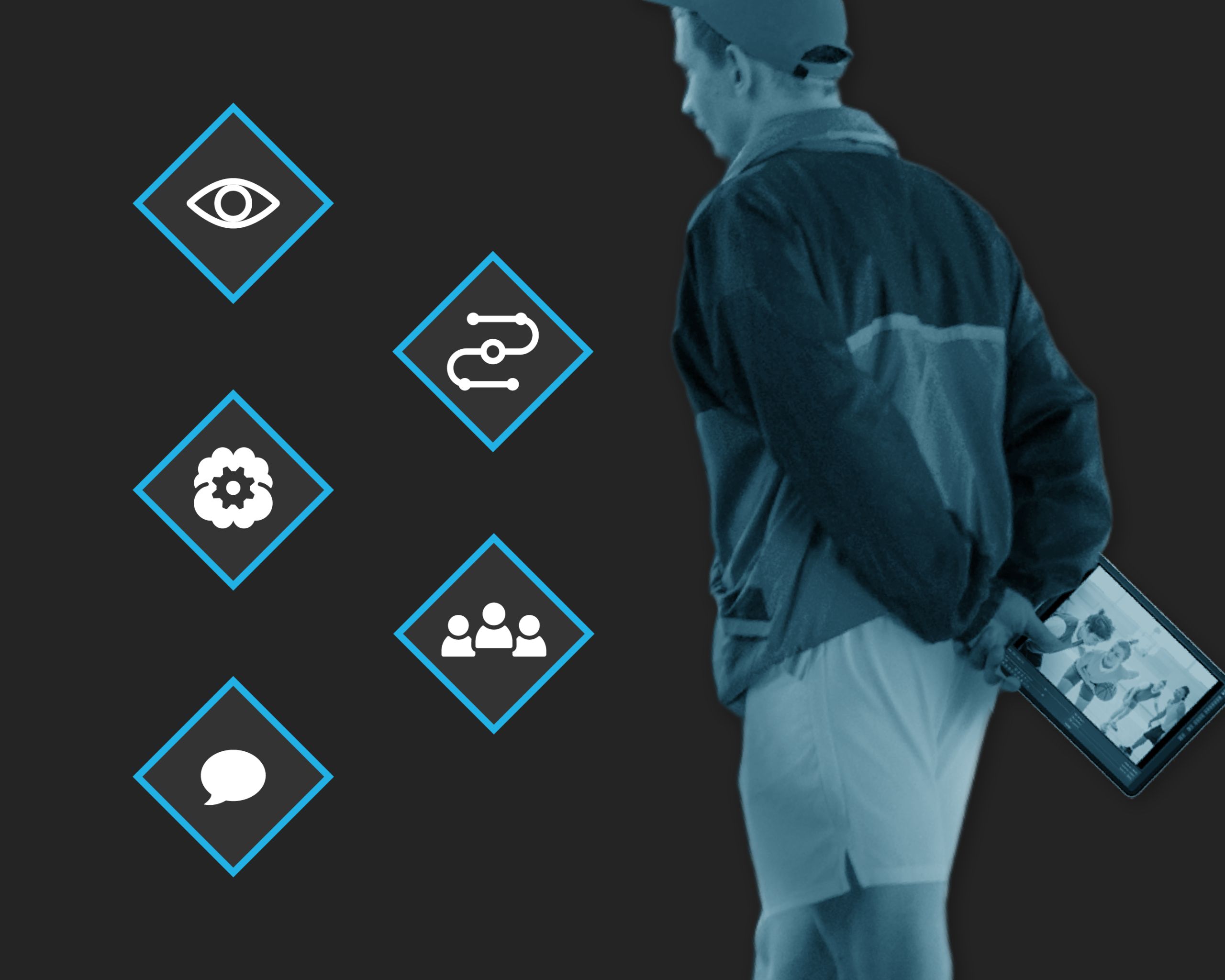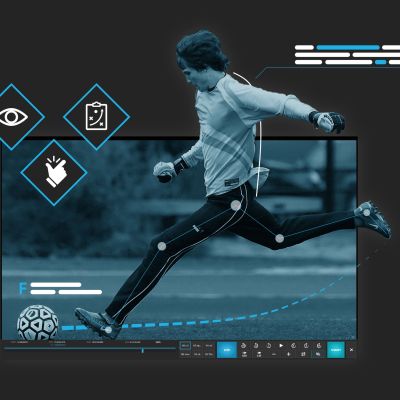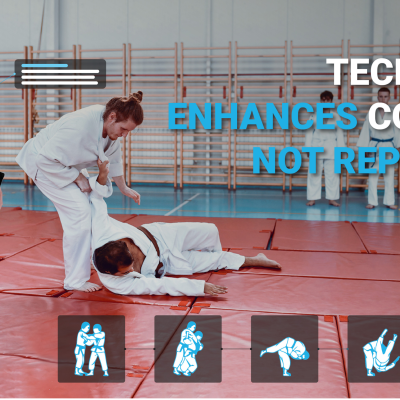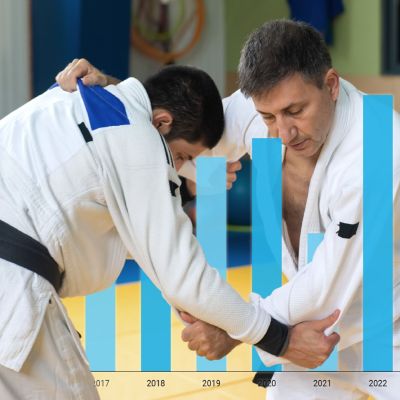In the ever-evolving world of sports, video analysis has emerged as a game-changing tool for athletes and coaches. While many people associate video replay technology with professional sports or elite training environments, its educational benefits extend to athletes at all levels. By providing detailed insights into performance, video analysis fosters a deeper understanding of techniques, strategies, and overall athletic development. Let’s explore the educational advantages of incorporating video analysis into sports training.

Enhancing Learning Through Visualization
One of the key educational benefits of video analysis is the power of visualisation. Athletes often struggle to comprehend complex techniques or strategies when they are only described verbally. Video analysis allows them to see these concepts in action, making it easier to grasp how specific movements and decisions play out in real time.
For example, a young athlete learning a new judo technique can watch video footage of experienced practitioners executing the move. By observing the body positioning, timing, and execution, they can visualize the technique more effectively than if they were only taught through verbal instruction. This visual learning approach enhances understanding and retention, making it easier for athletes to apply what they learn in practice.
Facilitating Self-Reflection and Critical Thinking
Video analysis encourages athletes to engage in self-reflection and critical thinking about their performances. By reviewing their own footage, athletes can identify areas of strength and weakness, promoting a sense of ownership over their development.
For instance, a swimmer may analyze their strokes and turns through video replay, allowing them to assess their efficiency and speed. This process encourages athletes to ask questions about their performance, such as, “What can I do differently?” or “How can I improve my technique?” Engaging in this critical thinking not only deepens their understanding of their sport but also fosters a growth mindset, where athletes see challenges as opportunities for improvement.
Supporting Constructive Feedback
Video analysis is a powerful tool for providing constructive feedback. Coaches can review footage alongside athletes, pointing out specific areas for improvement and offering actionable suggestions. This collaborative approach fosters open communication and helps build trust between athletes and coaches.
For example, a football coach can use video analysis to highlight successful plays and areas that need work. By discussing both the strengths and weaknesses observed in the footage, athletes gain a clearer understanding of what is expected and how to reach their goals. This personalized feedback not only aids in skill development but also reinforces the importance of continuous improvement.
Tracking Progress Over Time
One of the most rewarding aspects of video analysis is the ability to track progress over time. Athletes can compare their current performances to earlier ones, allowing them to see how far they have come. This reflection not only boosts motivation but also reinforces the value of hard work and dedication.
For example, a gymnast can review video footage from earlier competitions and compare it to their latest performances. They may notice improvements in their routine execution, increased confidence, or more fluid movements. Recognizing this progress can be incredibly motivating and encourages athletes to set new goals for themselves.
Fostering a Collaborative Learning Environment
Video analysis creates opportunities for collaborative learning among athletes. By sharing footage with teammates, athletes can learn from each other’s experiences and insights. This collaborative approach encourages discussions about strategies, techniques, and performance, leading to a deeper understanding of the sport.
For instance, a basketball team can analyze game footage together, discussing successful plays and identifying areas for improvement. This collective effort not only enhances individual learning but also strengthens team dynamics, as athletes work together toward common goals.
Embracing Educational Opportunities
In conclusion, video analysis offers a wealth of educational benefits for athletes and coaches alike. By enhancing learning through visualization, facilitating self-reflection, supporting constructive feedback, tracking progress, and fostering collaboration, video replay technology serves as a powerful tool for athlete development.
As the world of sports continues to evolve, embracing the educational opportunities provided by video analysis can help athletes unlock their full potential and achieve greater success in their chosen disciplines. By integrating technology into training, athletes not only improve their performance but also gain invaluable skills that will serve them both on and off the field.







